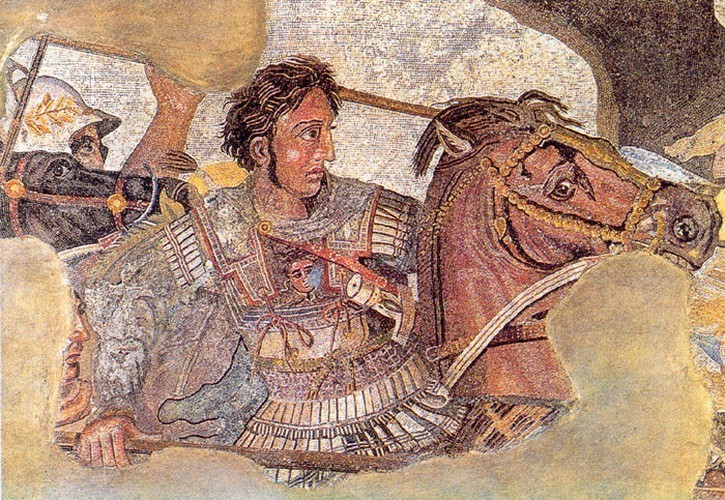 |
| For a long time, researchers have been arguing about the burial place of Alexander the Great - the great emperor of the Macedonian kingdom. After 13 years of ruling the country, conquering many large territories, Alexander the Great suddenly passed away in 323 BC. |
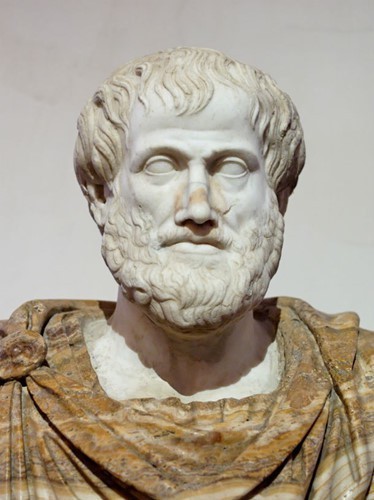 |
| After his death, Alexander the Great was buried and moved several times to other places. Therefore, determining the location of his final resting place is not easy. For decades, experts have tried to determine the location of this outstanding military leader's tomb. |
 |
| Some theories suggest that Alexander the Great may have been buried in his homeland of Macedonia (now Greece) or Egypt. One theory suggests that Alexander the Great's body may have been eaten by sharks. This theory is based on the fact that the military leader's body was moved to different locations. |
 |
| In particular, Ptolemy I Soter, a Macedonian Greek general and close friend and bodyguard of Alexander the Great, is believed to have played a major role in the transfer of the king's body. Alexander the Great's body was moved across the Middle East - what is now Iraq - to what is now Syria. From there, over two years, his remains were moved nearly 1,000 miles to Egypt. |
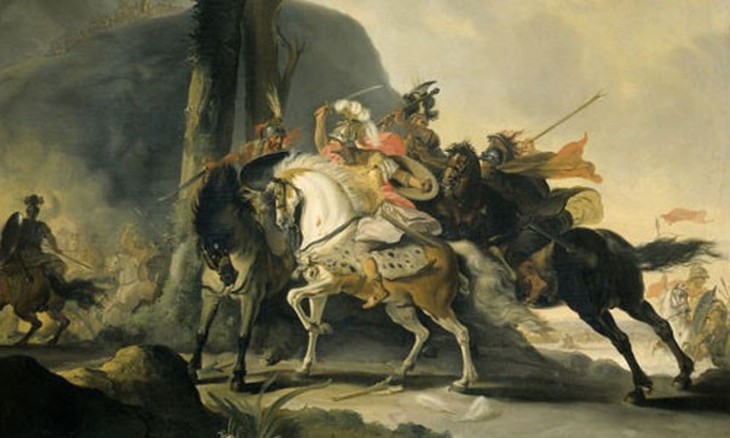 |
| Alexander the Great had no clear political heir (although his wife Roxana was pregnant with his son and he may have had an illegitimate heir). So building a tomb for Alexander the Great may have been a way to cement the position of general Ptolemy as the rightful successor to the late Macedonian king. |
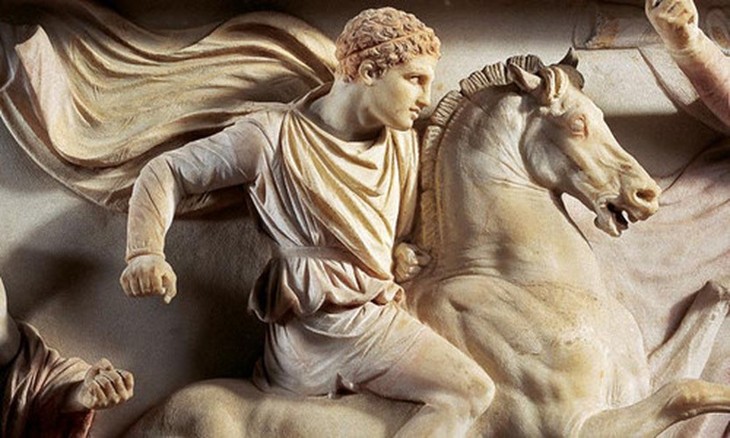 |
| Alexander's body was once again moved to the Valley of the Kings near Luxor, Egypt, where many New Kingdom pharaohs chose it as their final resting place. During this time, the city of Alexandria was under construction. |
 |
| In 305 BC, Alexander the Great's body was brought to Alexandria. Several decades later, the Greek geographer Strabo writes that Ptolemy IV Philopator, the fourth pharaoh of Ptolemaic Egypt and great-grandson of Ptolemy I, moved Alexander's body to its final recorded resting place: Soma, the great mausoleum of Alexandria, according to the book "Alexander's Tomb: The Two Thousand Year Obsession to Find the Lost Conqueror" (Basic Books, 2006). |
 |
| Alexander the Great lay there for about 300 years until the Roman emperor Augustus (reigned from 27 BC to AD 14) visited Alexandria. After that, historical records make no mention of Alexander the Great's tomb. Therefore, many researchers believe that Alexandria, Egypt, is the last known resting place of Alexander the Great. However, they have not been able to determine the exact location of the tomb. |
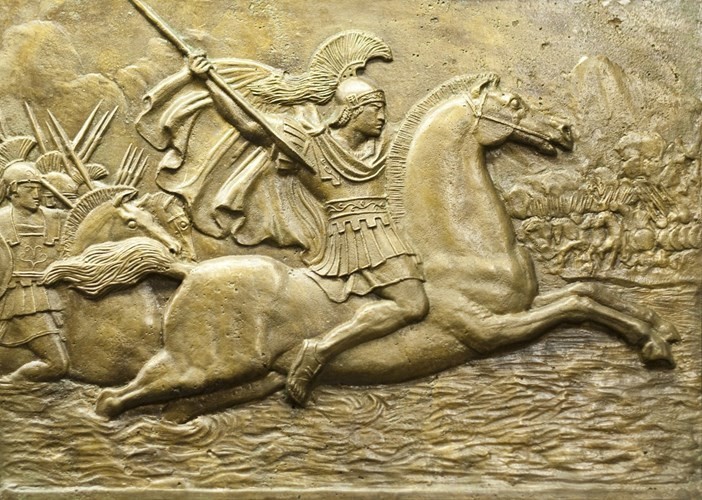 |
| According to experts, Alexander the Great's tomb may be located within a royal complex. Over the centuries, sea levels have risen several meters since Alexander the Great's death. This means that Alexander the Great's tomb and the royal complex may have been completely submerged. |
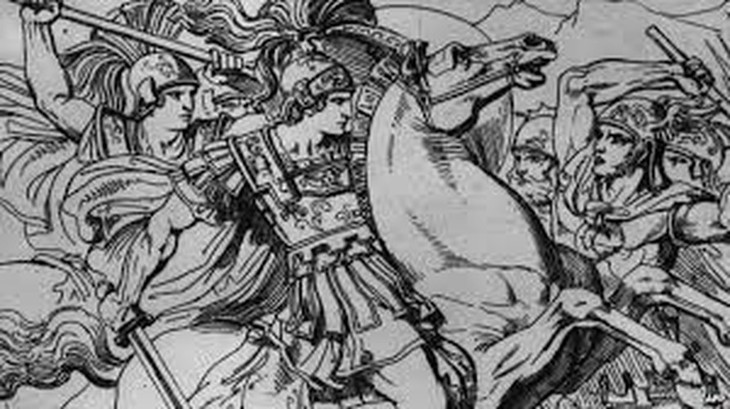 |
| In recent years, divers have explored the shores of Alexandria and found fragments that may belong to ancient structures. Experts say that even if Alexander the Great’s tomb is found, there is no guarantee that a body will be found inside. This is because Alexander the Great’s body may have been eaten by sharks. |
Readers are invited to watch the video : Startled scene inside a 1,400-year-old ancient tomb.
Source: https://khoahocdoisong.vn/tiet-lo-soc-thi-hai-alexander-dai-de-bi-ca-map-nuot-chung-post269024.html




















































![[Maritime News] More than 80% of global container shipping capacity is in the hands of MSC and major shipping alliances](https://vphoto.vietnam.vn/thumb/402x226/vietnam/resource/IMAGE/2025/7/16/6b4d586c984b4cbf8c5680352b9eaeb0)













































Comment (0)